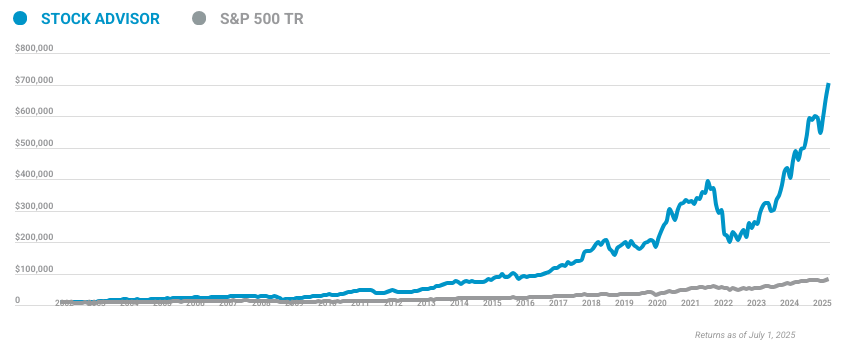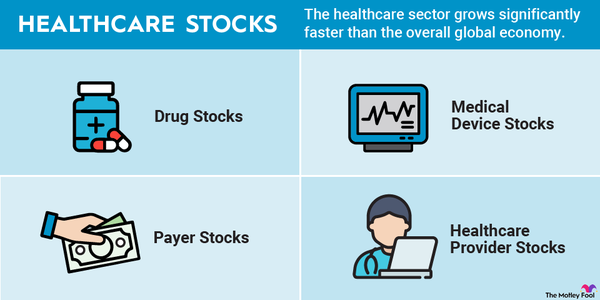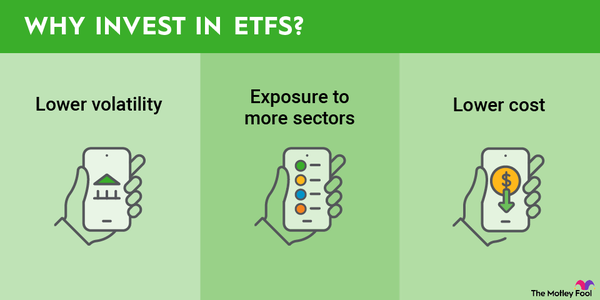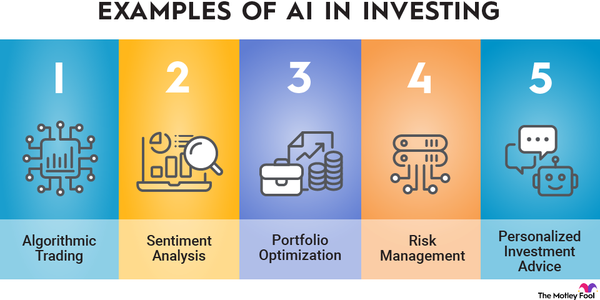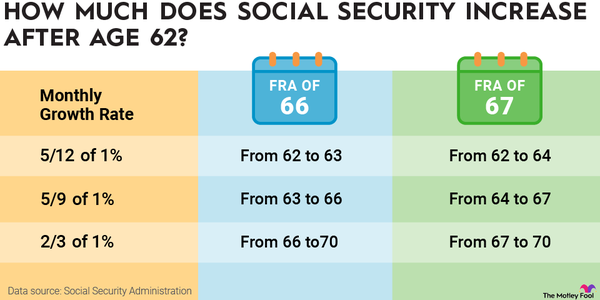Americans have plenty of ways they can invest, from workplace retirement plans to opening individual accounts with top stock brokers. But how many people invest in the stock market?
About 162 million adults in the United States invest in stocks, according to a recent Gallup survey. However, certain demographic groups own much more than others.
Read on for the latest data on how many Americans own stock, as well as how stock ownership breaks down by wealth, generation, and race.
Demographics
How many Americans own stock?
According to Gallup, 162 million Americans, or 62% of U.S. adults, own stock. That’s a 1% increase from 2023 and an 8% increase from 2014.
Stock ownership declined after the recession. From 2001 to 2008, an average of 62% of Americans owned stock. That fell to as low as 52% in 2013 and 2016. Stock ownership among Americans has ticked up in recent years and continues to do so despite market volatility.
Most Americans indirectly hold stocks through a mutual fund, an index fund, or a retirement account such as a 401(k). A smaller percentage directly holds stocks, meaning they purchase individual shares.
According to the Federal Reserve, here's how many families held stock in 2022:
- 58% of U.S. families (about 72 million families) held stock.
- 21% of U.S. families (about 26 million families) directly held stock.
Direct stock ownership has reached pre-2008 levels, while total stock ownership, which includes mutual funds, has surpassed that level.
Both direct stock ownership and general ownership grew around 5% from 2019 to 2022, a reflection of strong market performance from April 2020 to the end of 2022.
Looking further back, overall stock ownership grew faster than direct stock ownership from 1989 to 2001.
That is at least partially due to the wider availability of 401(k)s. In 1989, 17.3 million Americans participated in a 401(k) program. By 2000, that number had more than doubled, with 39.8 million Americans enrolled in a 401(k) program.
Stock ownership by level of wealth
Stock ownership by level of wealth
While more than half of U.S. adults own stock, most don't own much. The wealthiest 1% holds 50% of stocks, worth $21 trillion.
If you expand to the top 10%, that group holds 87% of stocks, which have a value of $32 trillion.
In comparison, the rest of the country has seen stock ownership dwindle. The bottom 50% of Americans in terms of net worth only owns 1% of stocks, which is worth roughly $430 billion.
Stock ownership by generation
Stock ownership by generation
Baby boomers have the largest share of stocks, and they're not letting go. They hold 54% of equities, close to their highest share on record, which is valued at $23 trillion.
It's not surprising that baby boomers hold a large amount of stock. They've had plenty of time to build wealth via Wall Street and see their investments grow. Average net worth goes up as Americans age, which often means older Americans have more money to put into the stock market.
However, Gen Xers and millennials have increased their holdings as well. Gen Xers own 21.4% of stocks, worth $9 trillion. Millennials own 7.5% of stocks, worth $3.2 trillion. The Federal Reserve does not report stock ownership numbers for Gen Z.
In our own research on what stocks Gen Zers and millennials buy, we found that 57% of investors in this age range invest in the stock market.
Stock ownership by race
Stock ownership by race
Stock ownership is dramatically split along racial lines, with white Americans owning 89% of stocks having a total value of $38 trillion.
The share of stocks owned by white Americans has gradually declined from 96.2% in 1989. But the breakdown of stock ownership by race is still far from reflecting the racial makeup of the U.S. population.
Despite making up 13.8% of the U.S. population, Black Americans only own 0.7% of stocks, worth $290 billion. The percentage of Black Americans who own stocks has declined since 2012, while the value of stocks held by Black Americans has grown.
Hispanic Americans own a smaller share of stocks even though they make up 18.9% of the U.S. population. Hispanic Americans own 0.6% of stocks, worth $270 billion. The share of stocks owned by Hispanic Americans is lower now than it was in 1989.
Related stock topics
Average value of stocks held by American families
Average value of stocks held by American families
The median value of stocks held by American families in 2022 was $52,000. That's well above what it was in the early and mid-1990s but below the peak recorded in 2001.
The median value of stocks directly held by American families in 2022 was $15,000, the lowest value on record and nearly $14,000 lower than the median value recorded in 2019 (in 2022 dollars).
The rise in value of stocks -- which includes mutual funds and directly held stocks -- compared to the drop in value of directly held stocks may be a reflection of Americans investing in higher-risk stocks that generated big returns from 2020 to the end of 2021 but saw values plummet in 2022. Directly held stocks don’t include mutual funds, which tend to be more diversified and, as a result, less risky.
Buy and hold
The data on how many people invest in the stock market has some promising signs and also highlights serious issues.
It's encouraging that 62% of American adults own stock. Younger generations are also gradually investing more. Millennials have increased their stock ownership over the last decade. Gen Z investors are learning how to invest in stocks and entering the market as well.
On the other hand, it’s impossible to ignore the fact that the wealthiest Americans own far more stock than 90% of the country. Stock ownership rates remain stubbornly low among Hispanic and Black households.
While starting to invest may seem daunting, it's a step worth taking for the 37% of Americans that currently don't own stocks. The average stock market return is about 10% per year, so investing is a great way to save for retirement. And there are also investment services that outperform the market.
If you're a first-time investor, here are a few tips to help you get started:
- Build a diversified portfolio with at least 25 stocks. This greatly reduces risk, since you're not reliant on a handful of companies.
- If you want to keep it simple, consider investing in index funds or low-cost exchange-traded funds (ETFs). These contain a large basket of stocks, so you get a diversified portfolio in one investment.
- Invest regularly, whether through an individual brokerage account or retirement accounts (or both!). Even if you're only investing a small amount per month, doing this consistently is key to building wealth.
Most importantly, invest for the long haul. The Motley Fool recommends holding for at least five years, even through market volatility.
Being a successful investor isn't as difficult as you might think. If you buy and hold good companies, it can generate huge financial rewards in the long run.
Sources
- Department of Labor (2022). "Private Pension Plan Bulletin Historical Tables and Graphs 1975-2019."
- Federal Reserve (2024). "DFA: Distributional Financial Accounts."
- Federal Reserve (2024). "Survey of Consumer Finances."
- Gallup (2024). "Stock Market."
- Gallup (2024). “Stocks Up, Gold Down in Americans’ Best Investment Ratings.”
The Motley Fool has a disclosure policy.

